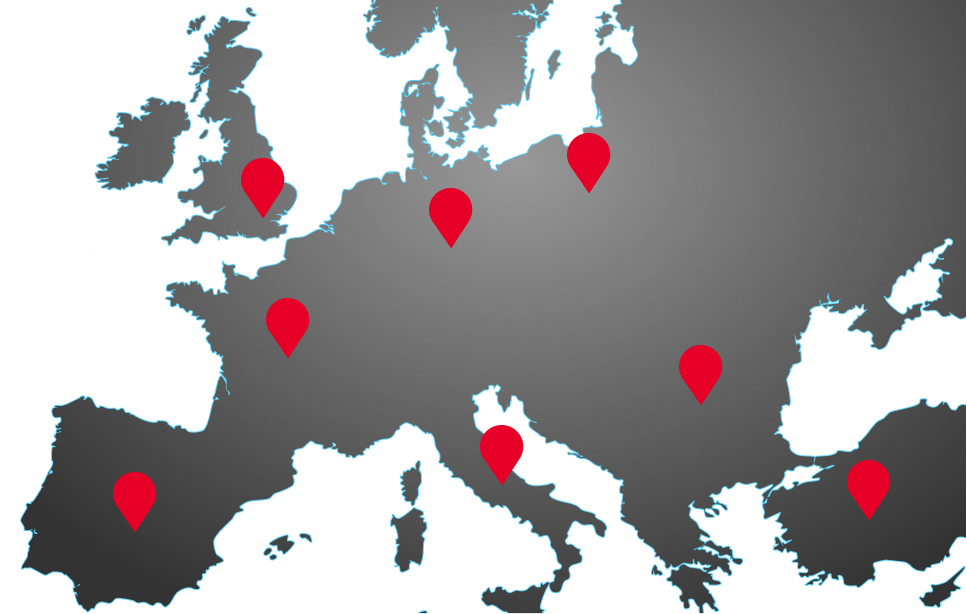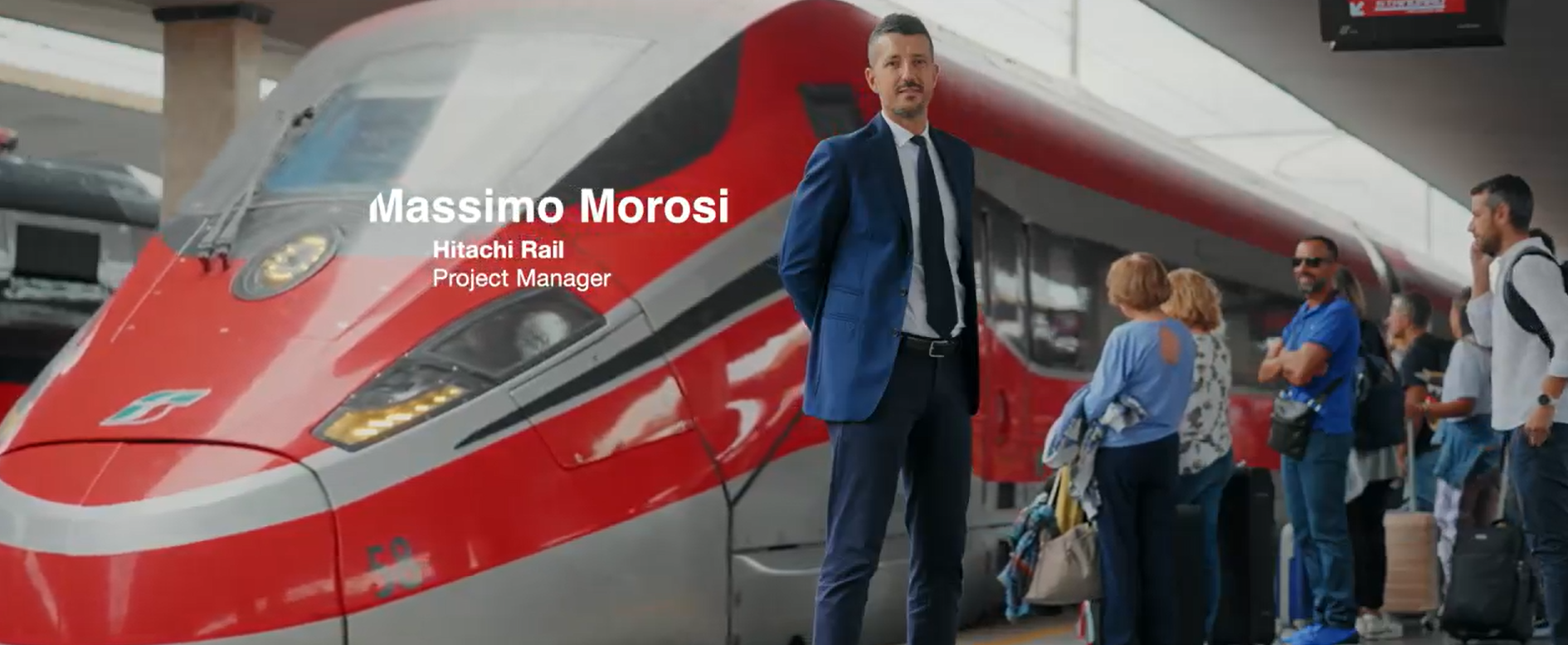Hitachi in Europe
Hitachi is a Climate Change Innovator, helping governments, cities and companies cut carbon

Hitachi is a Climate Change Innovator, helping governments, cities and companies cut carbon
Hitachi Social Innovation Business leverages more than a century in Operational Technologies and over 60 years in Information Technologies.
We are committed to helping achieve a sustainable world and people's well-being by utilizing our breadth of digital and green technologies.
We are working to connect solutions within Energy and Mobility, both physically and digitally, to deliver net-zero.
Learn more about us
Hitachi is a climate change innovator - helping governments, cities and companies to cut carbon. The breadth of Hitachi allows us to combine information technology, operational knowhow, and physical products to tackle climate change - and ultimately improve people's quality of life. We are applying that same innovation to our own business to become carbon neutral by 2030.
Contribute to society through the development of superior, original technology and products.
Between 2010 and 2020, we cut carbon emissions from the use of our products and services by 20%. We also reduced CO2 emissions from our own operations by 39%, and reduced our water use from our own operations by 24%. We are committed to becoming carbon neutral from our own operations by 2030, and carbon neutral across our entire value chain of 30,000 suppliers in over 60 countries by 2050.
See our sustainable approach Open in new tab

We are rich in innovation and diversity, in terms of both our industry-leading products, technologies and services, as well as the people who work here. We intend to use our advances in technology and IT to the greater good of our society.
Learn More